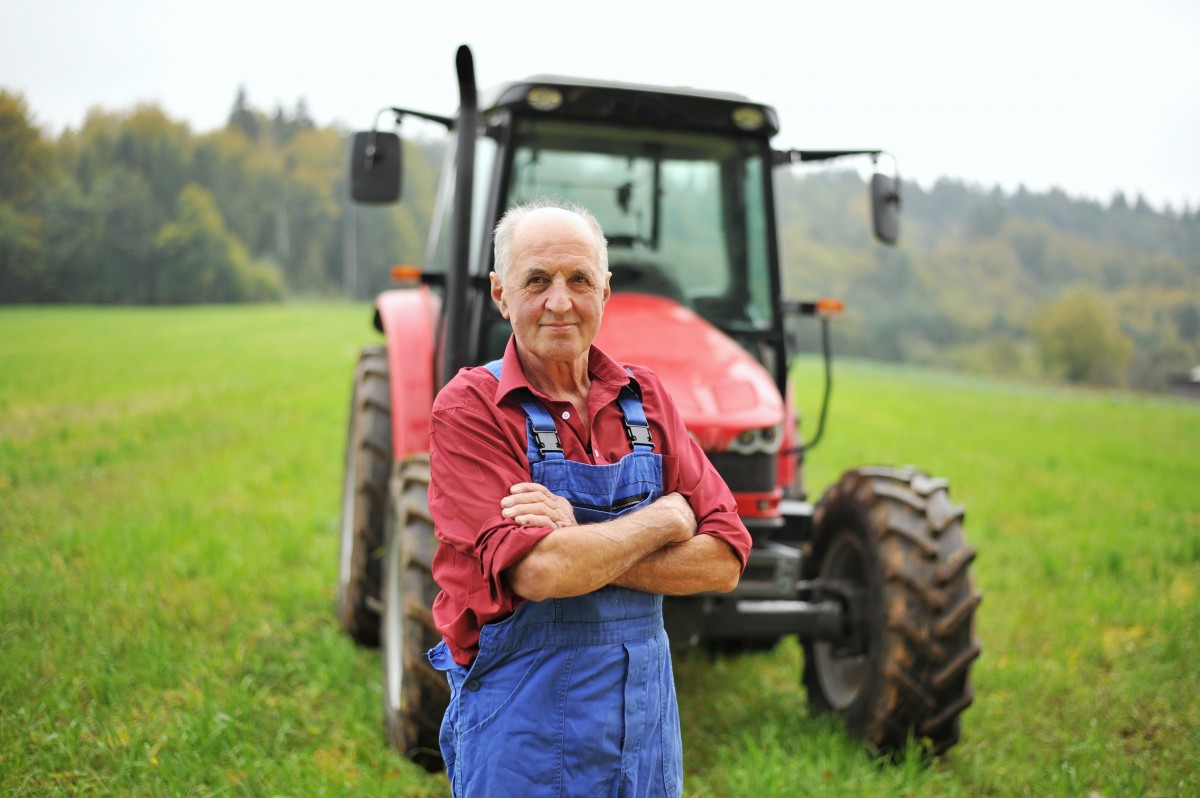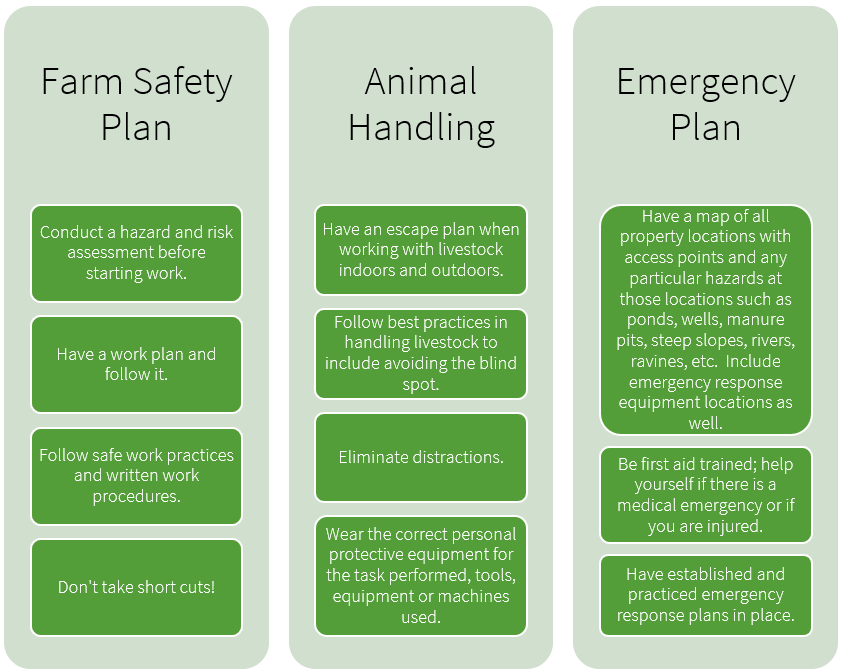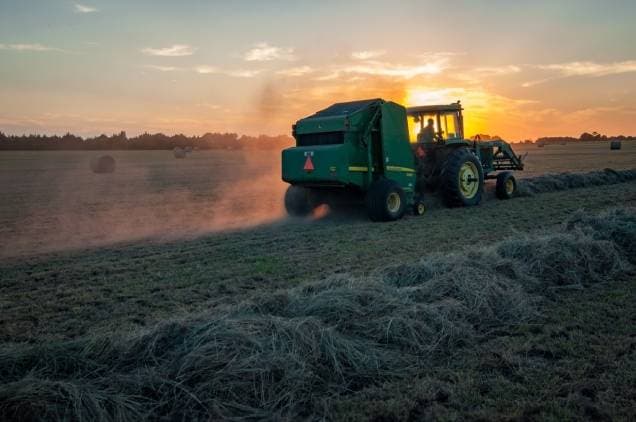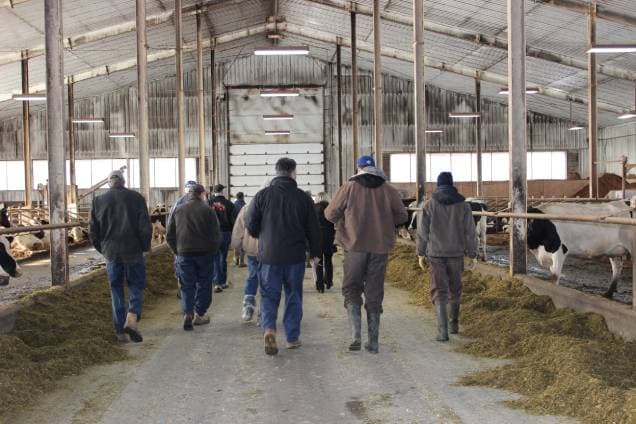 One of the most attractive aspects of farming can be the time away from others to enjoy the great outdoors but dangers lurk when there is no-one to reach out to for help while working in this high hazard industry.
One of the most attractive aspects of farming can be the time away from others to enjoy the great outdoors but dangers lurk when there is no-one to reach out to for help while working in this high hazard industry.
There are many dangers when working on the farm and they vary from commodity to commodity. Some of the common dangers on the fam include tractors and implements or trailers, slips, trips and falls, chemicals, fuels, grain bins, manure pits, long work hours causing fatigue, vibration, electricity, animal handling, stress, climate & weather conditions, medical emergencies, and noise to just name a few.
These hazards can be very dangerous to work around and when working alone the risk of injury or death increases. If you get hurt and other workers or family don’t know where to find you, this could delay in getting help and you may not be in a position to help yourself if you are unconscious, trapped or seriously injured.
Knowing that working alone may be an unavoidable part of your farming activities, have a plan in place to let people know where you are so if help is needed it can be dispatched more quickly. For example, create a check in system. Have a designate person who could reach you within a reasonable time frame if something was to go wrong. Set a check in schedule for when they expect to hear from you. If they don’t hear from you, they will try to check in with you, and if there is no response, go to your last known location to see if you need help. To reduce the risk, leave high hazard work to when you have help available.
Emergency equipment to have on hand when working alone may include a list of emergency phone numbers, first aid kit, fire extinguisher, eyewash bottle, charger or charging cord for phone or extra battery for two- way radio, extra clothes and/or a change of clothes, set of tools, extra fuel, and a flashlight.

The Nova Scotia Occupational Health and Safety First Aid Regulations, Section 18, outlines the requirement for a First Aid Remote Location Plan. The definition of a remote location is a place requiring more than 30 minutes of surface travel time in one direction from an emergency care facility that is open during the working hours at a worksite. The plan should include transportation to the medical facility from the remote location, means of communication, required number of trained first aiders and first aid supplies. If working alone, Emergency First Aid Level A CPR is required as per the regulations.
If working with mobile equipment such as tractors or skid steers as well as using implements or attachments read the owners manual before operating for the first time and keep handy for any troubleshooting that may arise while performing a task. Only use the implements and attachments for their intended use.
One way to prevent incident or injury while working alone is to ensure all equipment is in good working order. Conduct a pre-trip inspection on mobile equipment and follow maintenance schedules as outlined in manufacturer’s manuals. Ensure competent or professional workers are conducting the maintenance on the equipment. When performing maintenance follow the lockout procedure to de-energize the equipment. This may include batteries and hydraulics.
As mentioned recently in the Root of Your Back Story article, slips, trips and falls is one of the main causes of injury on the farm. When working alone, be sure to clear equipment steps and handholds of grease, mud, snow and ice before entering and exiting with three points of contact. Ensure foot wear is in good condition and has ample tread or traction for the conditions.
Other tips that can prevent incident and injury while working alone include:




